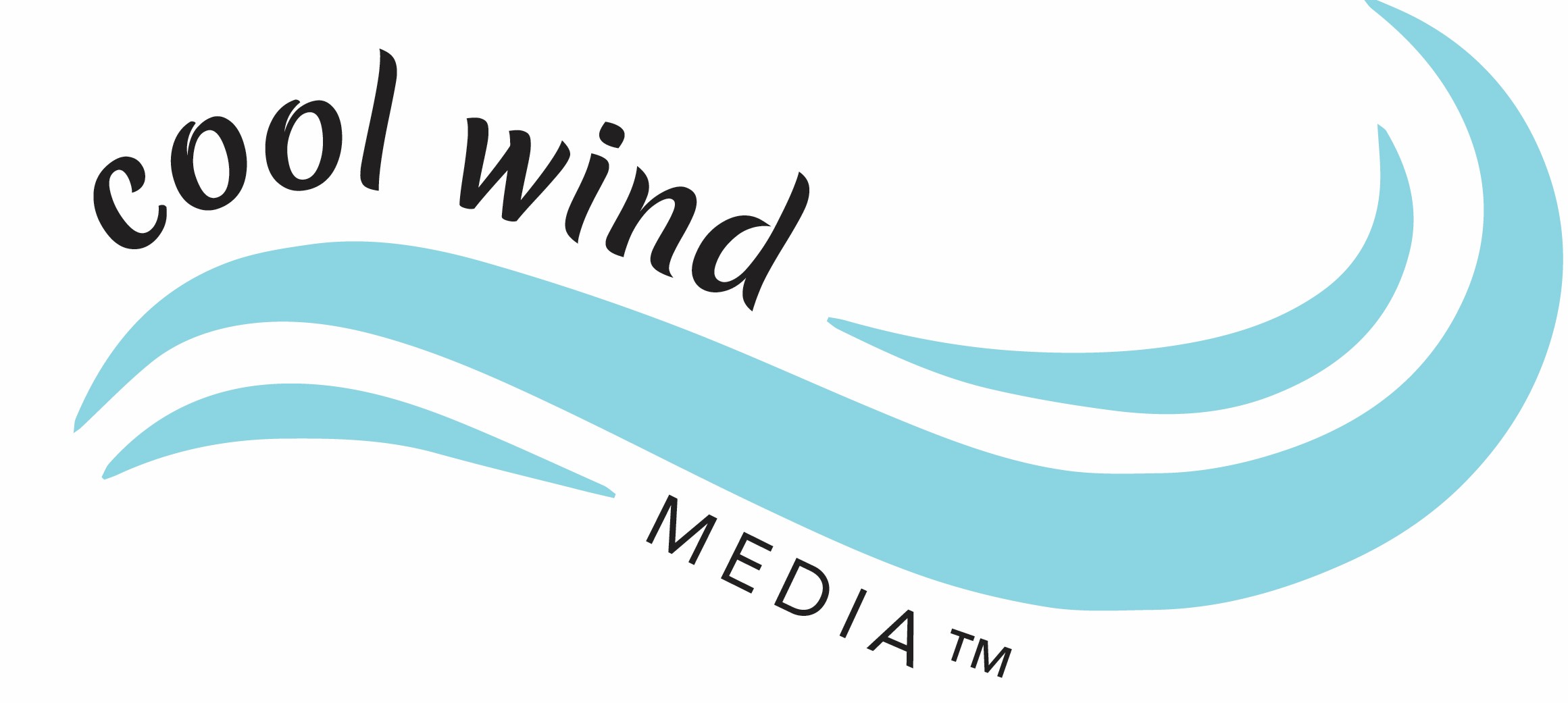Throat:
A larynx is a sound box that has appeared on the throat of a young man and if something gets stuck in the esophagus, seek medical help immediately.
Bandaging or applying ointment:
Ointment:
Apply the ointment on the flattened fruit and spread it smoothly and evenly over the lint flannel or clean cloth then apply it on the wound and bandage it.
Other benefits:
This means soaking the gauze or cloth in a disinfectant solution prepared with sterile water and placing it on the wound, then pinning it or placing a silk cloth so that the water can evaporate and then bandaging it. Tie up
Completion:
In other words, the best way to finish is to soak a piece of flannel in boiling water, squeeze it well and then put it on the wound and hold the pin over it so that the water and heat inside it lasts for a long time. After standing for two or three hours, soak the flannel in boiling water and squeeze it and then put it on the wound.
Stripping:
The bandage is usually six yards long or longer, but varies in width. It is usually two and a half to three inches wide. The bandage must be uniformly and tightly wrapped, otherwise it will not fit the relevant organ. The purpose of tying the bandage is to keep the wound safe from external wind and dust and to keep the bandages (ointment, gauze, cotton wool, etc.) placed on the wound in place. When you begin to bandage the bandage with your right hand. Grab it and start wrapping its open end in the left hand now on the limb in such a way that its outer surface is attached to the skin in such a way that the wraps will open automatically when the bandage is being tied. When you start tying the bandage, start from the inside of the limb and bring it to the outside and stand in front of the injured person.
Screw strip:
The nature of this bandage is evident from its name, that is, it is wrapped around the limb in the form of a patch, so that one patch goes over the other to a certain extent, even if it is one third of the first patch. Although in practice it is not correct to wrap the arm or leg in such a continuous manner as these limbs are not equally thick and round in their length, so when we reach a greater thickness, one edge of the bandage becomes loose. So to correct this situation, this side of the strip has to be turned over.
Circular strip:
It is tied in the shape of English digit 8 i.e. two circles are formed inside it, one at the top and the other at the bottom. It is easier to tie and there is no need to turn it inside where the strip is being tied. If the surface is smooth, then tie a spiral bandage on it, but if you want to bandage the joints, you should tie a circular bandage there. Below are the methods of bandaging all the places where there is a general need. When it comes to tying the bandage, then there will be no difficulty in tying the bandage properly with a slight change on the upper part of the body.



